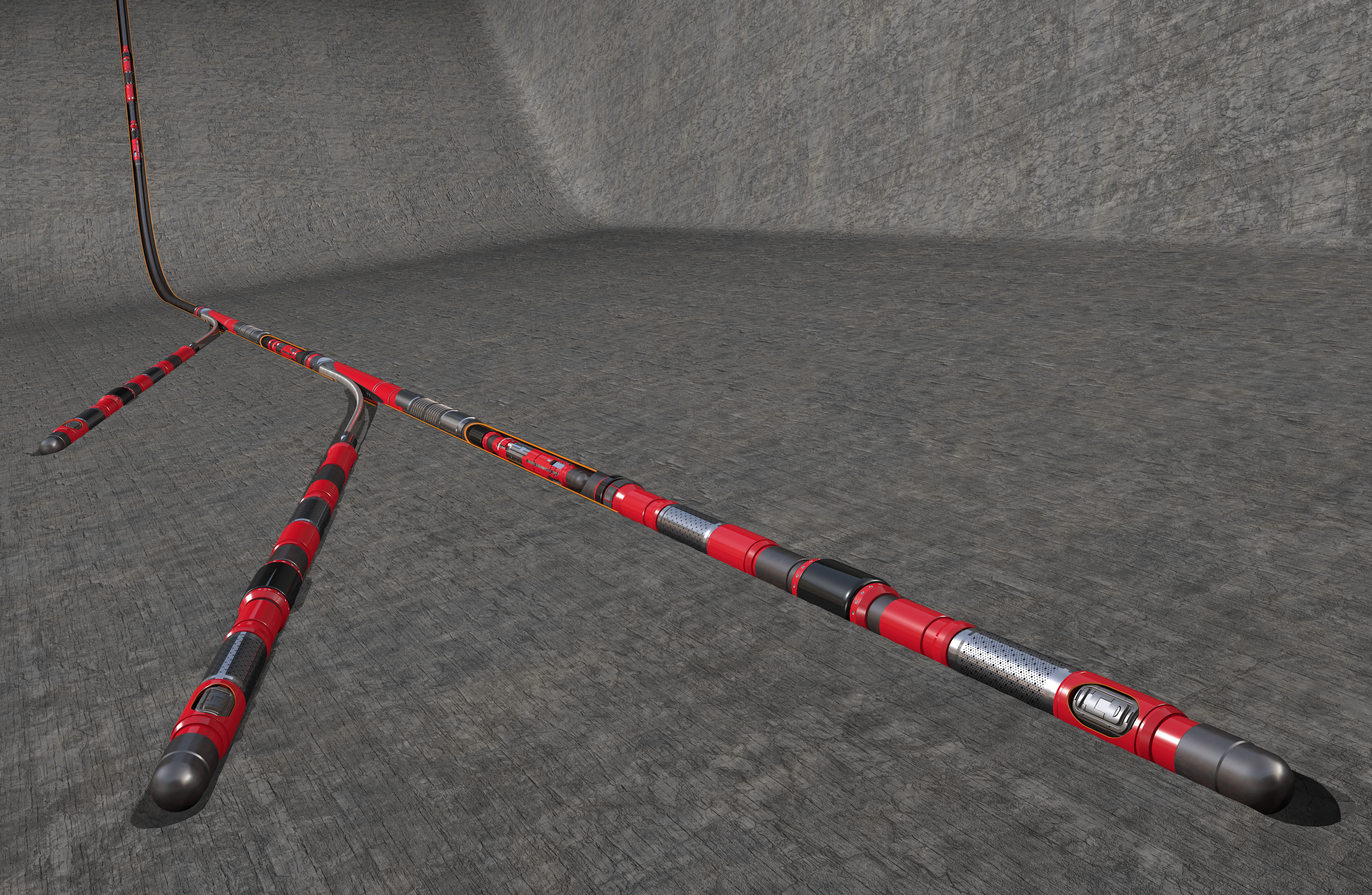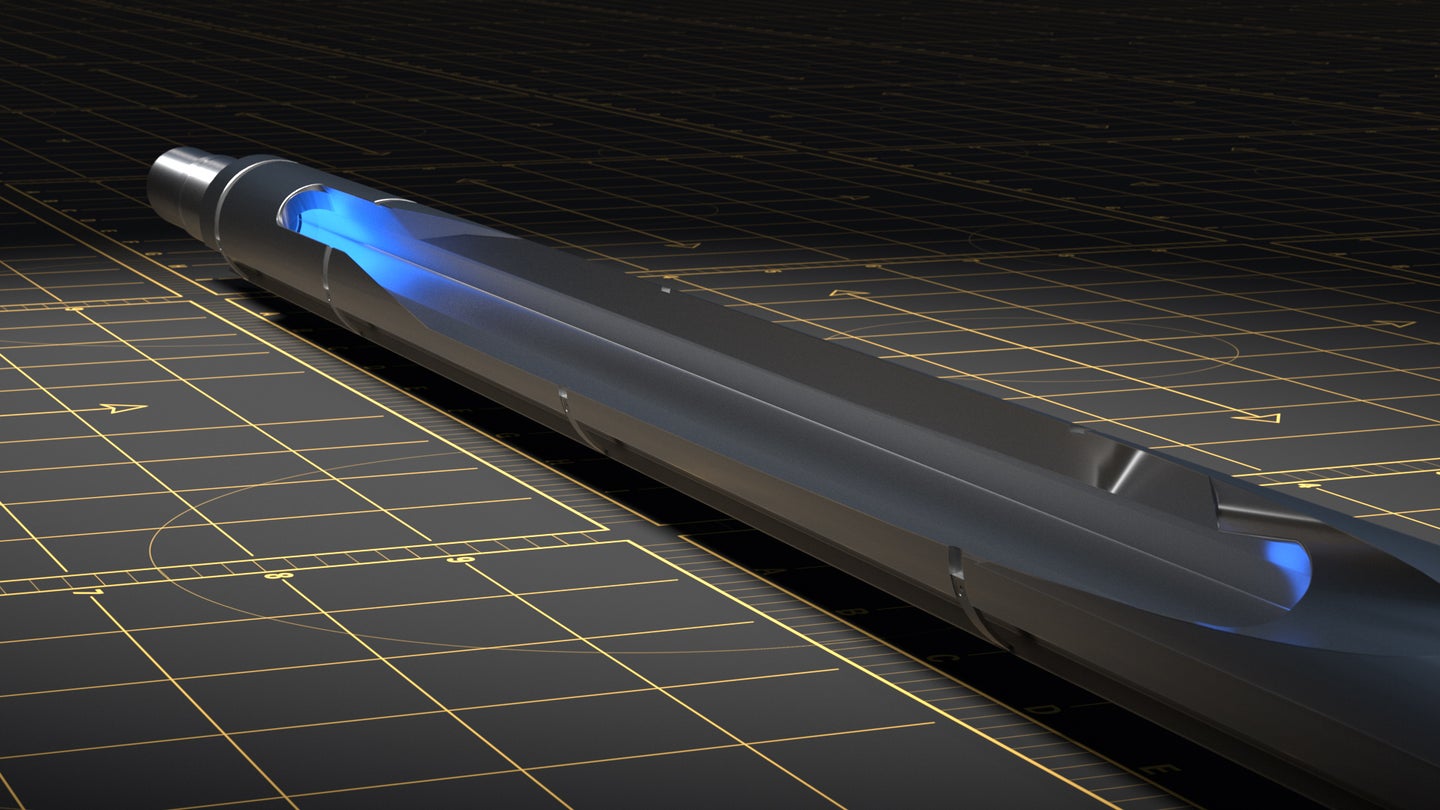 Search
Search
 Search
Search

The operator adopted a multilateral well strategy to reduce surface disturbances and preserve the Amazon’s biodiversity
Download PDFMature Fields

Increase production and reduce costs and environmental impact

Amazon Basin

Implement multilateral well strategy to:
Delivered three dual-lateral wells, which resulted in:
An operator sought to develop a field in the Amazon Basin, one of the world’s most ecologically sensitive regions. The operator faced the dual challenge to increase production and minimize environmental impact. Traditional well designs required extensive surface infrastructure, which would disrupt local wildlife habitats. The operator adopted a multilateral well strategy to reduce surface disturbances and preserve the Amazon’s biodiversity.
Energy resource development in the Amazon presents unique challenges attributed to the region’s complex ecosystem, dense forest coverage, and strict environmental regulations. Conventional drilling methods require multiple well pads, which can increase land use, potential contamination risks, and the likelihood of negative impact on native plants and animals. Furthermore, access to drilling sites is difficult, which adds logistical constraints and the potential for increased carbon emissions caused by transportation. The main challenge was to minimize well pads while complying with environmental guidelines and meeting production targets.
To address these challenges, the operator implemented multilateral well designs that allowed multiple reservoir zones to be accessed from a single surface location. The operator drilled and completed three dual-lateral wells in the field. The first two dual-lateral wells placed horizontal legs into two different reservoir targets. The third dual-lateral was a vertical well design wherein a horizontal lateral was added to access a separate reservoir target.
dual-lateral wells delivered in the field
cost-efficient increase to production rate
Three dual-lateral wells were successfully delivered with a significantly reduced surface footprint. By eliminating several drilling pads, the operator minimized the need for road construction and associated transportation, reducing the impact on local habitats. The lateral production was commingled with well production rates that averaged 1.75 times more than a typical horizontal well. Additionally, a drilling cost reduction of 29% was realized compared to two horizontal wells. Overall, the use of multilateral wells proved to be an effective strategy to balance resource development with environmental stewardship in one of the most sensitive ecosystems on the planet.
